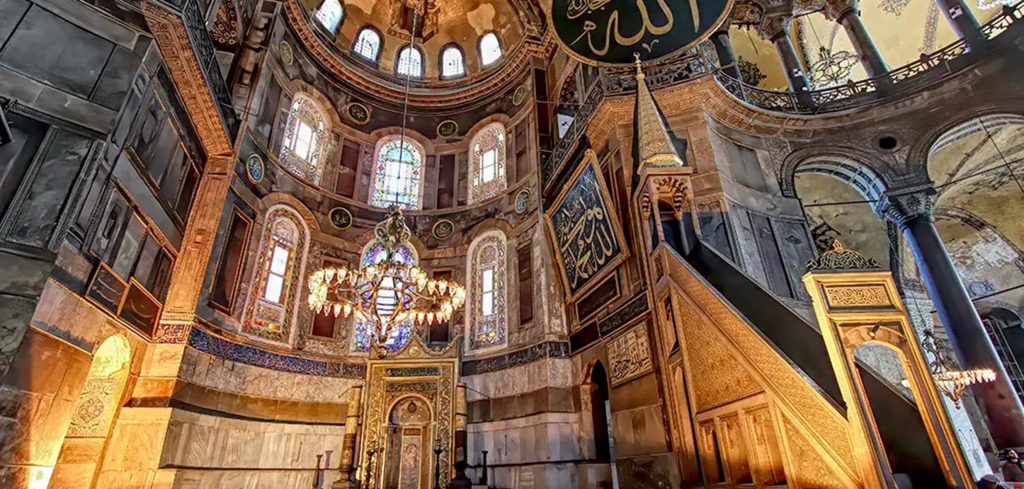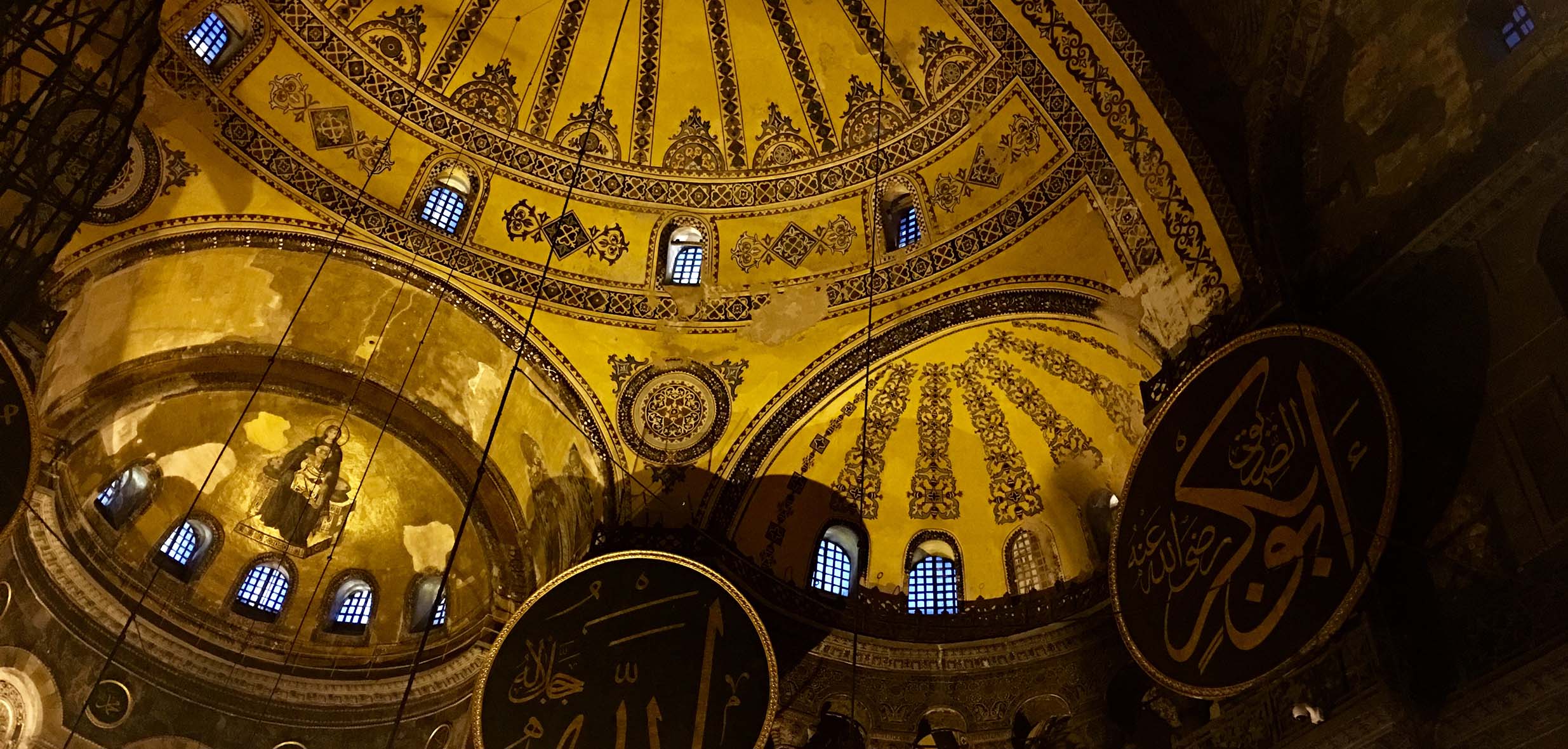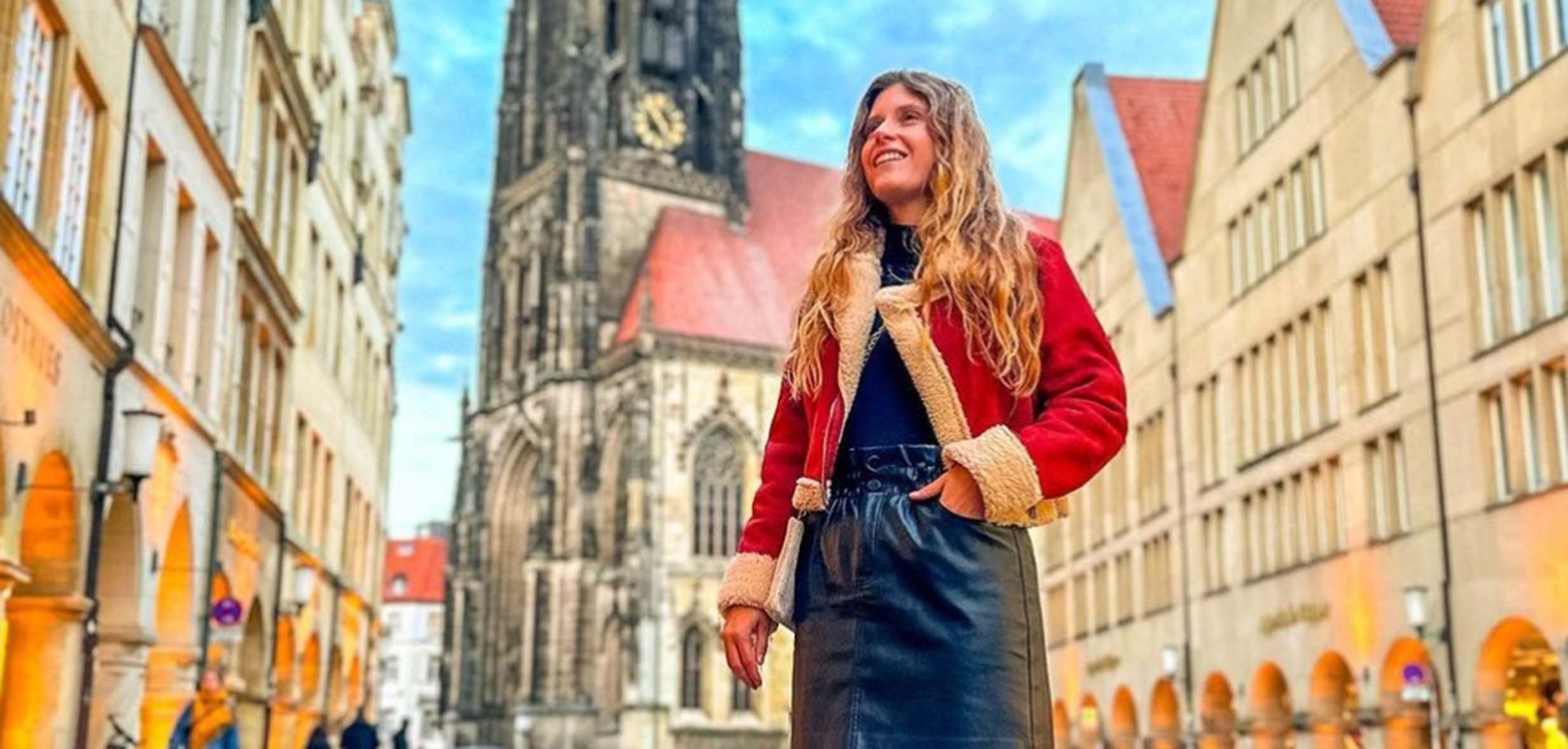Nestled within the heart of Istanbul, Hagia Sophia stands as an architectural marvel steeped in history and cultural significance. Its towering domes, intricate mosaics, and centuries-old relics beckon visitors to embark on a transcendent journey through time. However, navigating the nuances of this iconic landmark requires a nuanced approach, uncovering the unseen treasures hidden within its walls.
Hagia Sophia, a beacon of Istanbul’s cultural heritage, stands as a testament to centuries of history and architectural marvels. As the main attraction in Istanbul, it draws crowds seeking to immerse themselves in its grandeur. However, navigating through its hidden gems requires some insider tips.
Historical Background and Significance
Hagia Sophia, originally constructed as a Byzantine cathedral in the 6th century, stands as a remarkable architectural wonder in Istanbul, Turkey. Its construction, commissioned by Emperor Justinian I, marked a pivotal moment in history, symbolizing the grandeur and sophistication of the Byzantine Empire. For nearly a millennium, it served as the center of Eastern Christianity, witnessing coronations, religious ceremonies, and significant events that shaped the empire’s cultural and religious identity.
In 1453, following the Ottoman conquest of Constantinople, Hagia Sophia was converted into a mosque, ushering in a new chapter in its storied legacy. Under Ottoman rule, magnificent Islamic architectural elements were added, blending seamlessly with its Byzantine heritage. This amalgamation of Christian and Islamic influences rendered Hagia Sophia a symbol of cultural synthesis and religious harmony, embodying the diverse history of Istanbul.
Ticketing and Practicalities
1. Best Visiting Times
Arriving early in the morning or later in the evening presents the best opportunity to savor the splendor of Hagia Sophia sans the overwhelming crowds. This strategic timing allows visitors to embrace the tranquility of the site, offering an intimate and serene experience amidst its historical grandeur.
2. Security Check
Before entering Hagia Sophia, visitors undergo a security check, which often results in queues, particularly during peak hours. Arriving early minimizes waiting times, enabling a smoother and quicker entry process. This proactive approach ensures that visitors spend less time in queues and more time exploring the architectural marvels within.
3. Prayer Times
Being an active mosque, Hagia Sophia operates within specific hours aligned with prayer times. Visitors need to plan their exploration around these prayer intervals, ensuring they visit during the periods when the mosque is accessible for non-worship purposes. This planning allows for an uninterrupted and immersive experience within this historical gem.
4. Admission
Surprisingly, entrance to Hagia Sophia comes free of charge, offering an open invitation to all visitors irrespective of their backgrounds or financial constraints. This generous policy fosters inclusivity, allowing everyone to explore and appreciate the cultural and historical treasures housed within Hagia Sophia’s walls without any financial barrier.

Dress Code and Etiquette
5. Dress Modestly
Respecting the cultural and religious norms, visitors are encouraged to dress modestly when visiting Hagia Sophia. This involves covering the knees, shoulders, and upper arms. Women are also kindly requested to cover their hair. For those arriving unprepared, a convenient vending machine at the entrance offers headscarves for a nominal fee of 10 Turkish Lira (TRK). Adhering to these dress guidelines demonstrates respect for the religious significance of the site and ensures a seamless entry without any attire-related concerns.
6. Shoe Removal
Upon entry into Hagia Sophia, it’s customary and a sign of respect to remove one’s shoes. This practice aligns with the tradition observed in mosques. Visitors are expected to remove their shoes before stepping onto the sacred grounds. This simple act of removing shoes showcases reverence and acknowledgment of the sanctity of the space within Hagia Sophia.
Adhering to these guidelines not only demonstrates cultural sensitivity but also allows visitors to engage with the rich historical and religious significance of Hagia Sophia without inadvertently causing any offense. These simple yet meaningful gestures of respect contribute to a harmonious and respectful environment within this iconic monument.

Photography and Conduct
7. Photography Allowed
Visitors are permitted to capture the beauty of Hagia Sophia through photography. However, it’s crucial to exercise discretion and respect while taking pictures within the premises. Refrain from photographing individuals engaged in prayer or participating in any sensitive religious activities. Respecting their privacy and the sanctity of their worship space is paramount. By doing so, visitors uphold the sacredness of the site and ensure that their photography remains respectful and unintrusive.
8. Respectful Behavior
Maintaining a respectful demeanor throughout the visit is essential. Visitors are encouraged to silence their phones or any other electronic devices to preserve the tranquil atmosphere within Hagia Sophia. Adopting a quiet and respectful attitude contributes to the overall ambiance of reverence for this historical and sacred site. It allows visitors to fully appreciate the cultural significance and architectural wonders without disrupting the peaceful environment that Hagia Sophia embodies.
By adhering to these guidelines for photography and displaying respectful behavior, visitors contribute to the preservation of the spiritual sanctity and historical significance of Hagia Sophia. These considerations foster a harmonious and contemplative experience for all those visiting this iconic monument.
Practical Information
Operating Hours
Hagia Sophia operates on varying schedules, primarily during morning and late afternoon hours. To align your visit with the site’s operational hours, it’s recommended to check the official website or contact the venue in advance. Confirming the operating hours in advance prevents disappointment and ensures that your visit coincides with the designated timings, allowing ample time to immerse yourself in the beauty and history encapsulated within Hagia Sophia’s walls.
Exploring Hagia Sophia isn’t merely about admiring its architectural grandeur; it’s also about understanding and respecting its religious sanctity and cultural significance. By planning ahead, making necessary reservations, and being mindful of operational hours, visitors can ensure a more enriching and fulfilling experience within this iconic landmark. Embracing the opportunity to uncover the hidden gems of Hagia Sophia while observing cultural etiquette allows for a more profound appreciation of its historical treasures.
Visiting Worth and Personal Experience
A Journey Through Time and Cultural Fusion

Stepping across the threshold of Hagia Sophia feels akin to embarking on a time-traveling expedition. The sheer magnificence of its towering domes, intricate mosaics, and colossal pillars creates an overwhelming sense of reverence and wonder. The cavernous interior, bathed in the soft, ethereal glow filtering through stained glass windows, casts a spellbinding aura upon the ancient relics housed within.
Exploring Hagia Sophia isn’t merely a passive appreciation of architectural splendor; it’s an immersive plunge into the crossroads of civilizations. The harmonious coexistence of Byzantine mosaics and Islamic calligraphy serves as a vibrant canvas, showcasing the seamless fusion of diverse cultural heritages that have converged within these hallowed walls.
Walking beneath the expanse of its majestic dome, I found myself immersed in the intricate details of the mosaics adorning the walls. Each mosaic seemed to whisper tales of bygone empires, religious transitions, and the enduring legacy of human ingenuity. It was a visceral connection to history, a tangible bridge between past and present.
What resonated profoundly was the palpable sense of reverence that enveloped the space. Amidst the gentle hush of whispers and the soft echoes of footsteps, I found solace in the transcendent spirituality that transcends the confines of individual faiths. It was a contemplative experience that elicited deep appreciation for the coalescence of diverse cultures, ideologies, and beliefs existing harmoniously under one magnificent roof.
Hagia Sophia stands as more than an architectural marvel; it embodies resilience, tolerance, and the perpetual ebb and flow of history. It’s a sanctuary that beckons seekers of cultural enlightenment, a testament to the enduring beauty crafted by human hands, and a profound testament to our shared heritage.
My visit to Hagia Sophia left an indelible imprint on my soul. It was a reminder of the intricate tapestry of human civilization, woven intricately within its walls, transcending time and space. It was a journey that not only expanded my understanding of history but also instilled in me a deeper appreciation for the unifying threads of humanity that endure throughout the ages.
Hagia Sophia transcends the mere boundaries of being an architectural wonder. It is a testament to resilience, cultural amalgamation, and the enduring spirit of humanity. As visitors explore its cavernous interiors and marvel at its historical artifacts, they not only witness architectural brilliance but also embrace the rich tapestry of civilizations interwoven within its walls. It stands as a poignant reminder of the shared heritage that unites us all.



